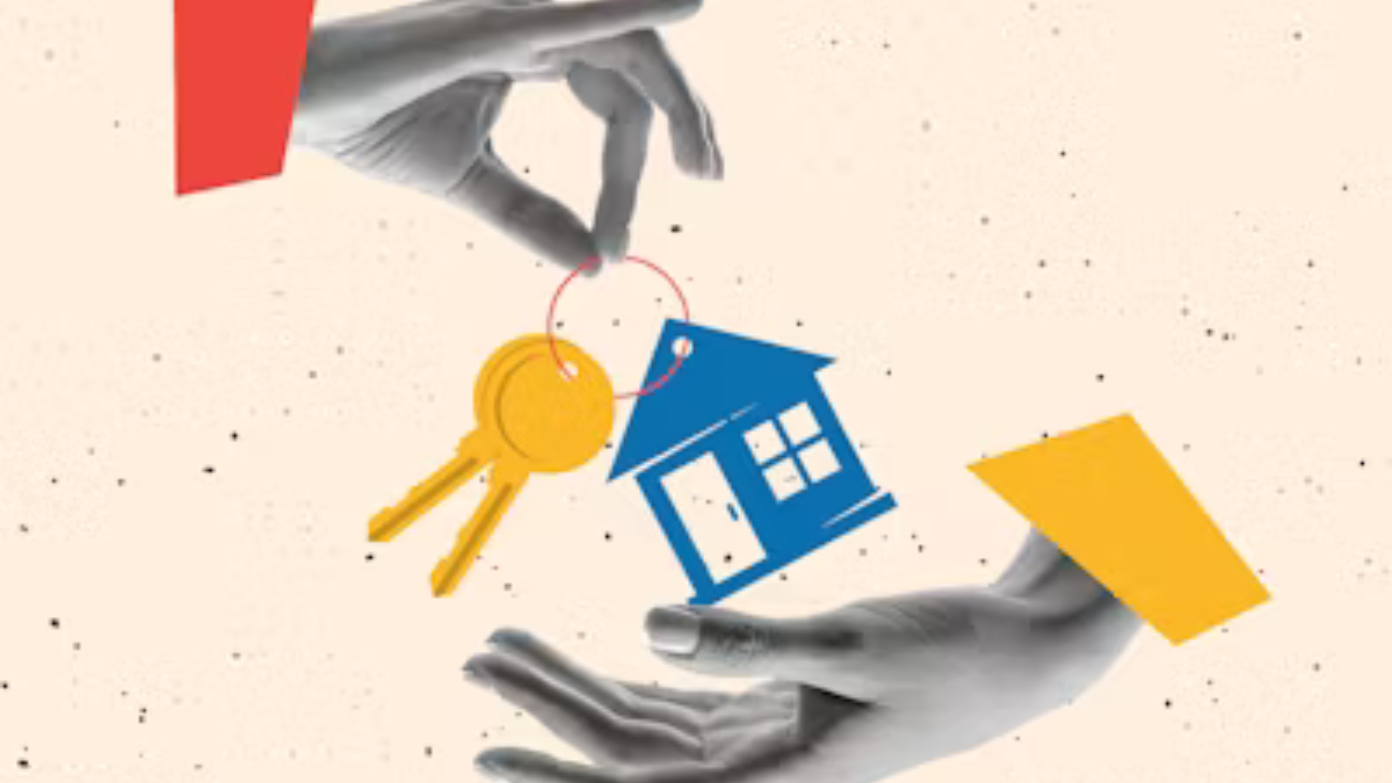A reverse mortgage is a loan product that allows homeowners 62 and older to access some of the equity in their home and receive it in the form of tax-free cash without selling their house or making monthly mortgage payments. Designed to aid retirement income, reverse mortgages can provide retirees with financial freedom to stay in their home while tapping into accumulated home equity. But borrowers should be aware of the terms, fees, and obligations before deciding whether a reverse mortgage is part of their long-term financial plan.
How a reverse mortgage works
A reverse mortgage operates the opposite way of a standard mortgage. Instead of the homeowner making monthly payments to the lender, the lender makes payments to the homeowner. The lending of loans can be in the way of a lump sum, monthly installments, line of credit, or some portion thereof. The amount of the loan grows larger as time passes as interest fees and charges are added and payment is pushed off until the homeowner vacates the home permanently, sells the home, or passes away.
There are three basic forms of reverse mortgages:
- Home Equity Conversion Mortgage (HECM): Insured by the Federal Housing Administration (FHA), HECMs are most common and include mandatory counseling to protect borrowers.
- Proprietary reverse mortgages: Offered by private institutions to homeowners of higher-valued properties, typically at higher borrowing limits.
- Single-purpose reverse mortgages: Offered by some state and local government agencies or non-profits for specific purposes, such as home repair or paying property taxes.
Eligibility and requirements
In order to qualify for a reverse mortgage, the borrowers must meet the following conditions:
- Age: At least one of the borrowers must be 62 years or older.
- Home ownership: It must be their principal residence—single-family houses, most townhouses, and accepted condominiums are qualified.
- Equity: Sufficient home equity is required; borrowers typically need to have a minimum of 50 percent equity in order to obtain a reverse mortgage.
- Counseling: Prospective borrowers must be counseled by a HUD-approved counselor to discuss options, consequences, and obligations.
Borrowers are still responsible for ongoing homeownership costs, including property taxes, homeowner’s insurance, and maintenance. Abandoning these duties can result in loan default.
Benefits of a reverse mortgage
Reverse mortgages offer several potential advantages for seniors seeking economic security:
1. Additional income: Monthly payments or a line of credit can fund everyday expenses, healthcare bills, and house renovation without dipping into savings.
2. No regular mortgage payments: Eliminates having to pay monthly principal and interest payments; consumers still get to reside in houses provided loan terms are adhered to.
3. Funds flexibility: Options to receive proceeds as a lump sum, ongoing payments, or a line of credit enable retirees to manage cash flow needs on their terms.
4. Tax-free proceeds: Payouts from loans are usually loan advances—not income for tax purposes—maintaining eligibility for Social Security and Medicare benefits.
Drawbacks and considerations
Despite the benefits, reverse mortgages include provisions borrowers must take into careful consideration:
- Accruing interest: Interest on the loan balance accrues, lowering home equity and possibly affecting inheritance by heirs.
- Charges and expenses: Origination fees, mortgage insurance premiums (for HECMs), closing fees, and servicing charges are often high, reducing net proceeds.
- Responsibilities to maintain the home: Property taxes, insurance, and maintenance are the responsibility of borrowers; default can lead to acceleration of the loan.
- Impact on benefits: While loan proceeds are exempt from taxes, receiving large lump sums can affect Medicaid or other need-based benefits.
Financial planning and security
Before entering into a reverse mortgage, retirees need to create an overarching financial plan:
- Analyze cash flow needs: Determine whether monthly distributions or a line of credit are most suitable for projected expenses.
- Evaluate alternatives: Compare reverse mortgages to downsizing, home equity loans, or selling and leasing to identify the cheapest alternative.
- Seek professional advice: Talk to a housing counselor, financial planner, and tax planner to understand long-term impacts.
- Discuss with heirs: Warn relatives of intentions to ensure transparency about inheritance and homeownership responsibilities.
Alternative strategies
Retirees concerned with the cost or liability of a reverse mortgage have other options:
- Home Equity Line of Credit (HELOC): Requires monthly payments but typically has less in fees and interest.
- Downsizing: Selling a big home in order to purchase a small, less expensive home can free up equity without loan interest.
- Sale-leaseback arrangements: The homeowner sells the property but remains in the property as a tenant, accessing equity while eliminating maintenance burdens.
Is a reverse mortgage right for you?
A reverse mortgage is a pleasing choice for homeowners that want to add to retirement income without having to vacate their residences. It is liquid and versatile but involves charges and responsibilities that need careful planning. With knowledge of the workings, the benefits, and potential drawbacks—and with recommendations from skilled experts—retirees are able to decide whether employing home equity in a reverse mortgage promotes long-term financial security.

